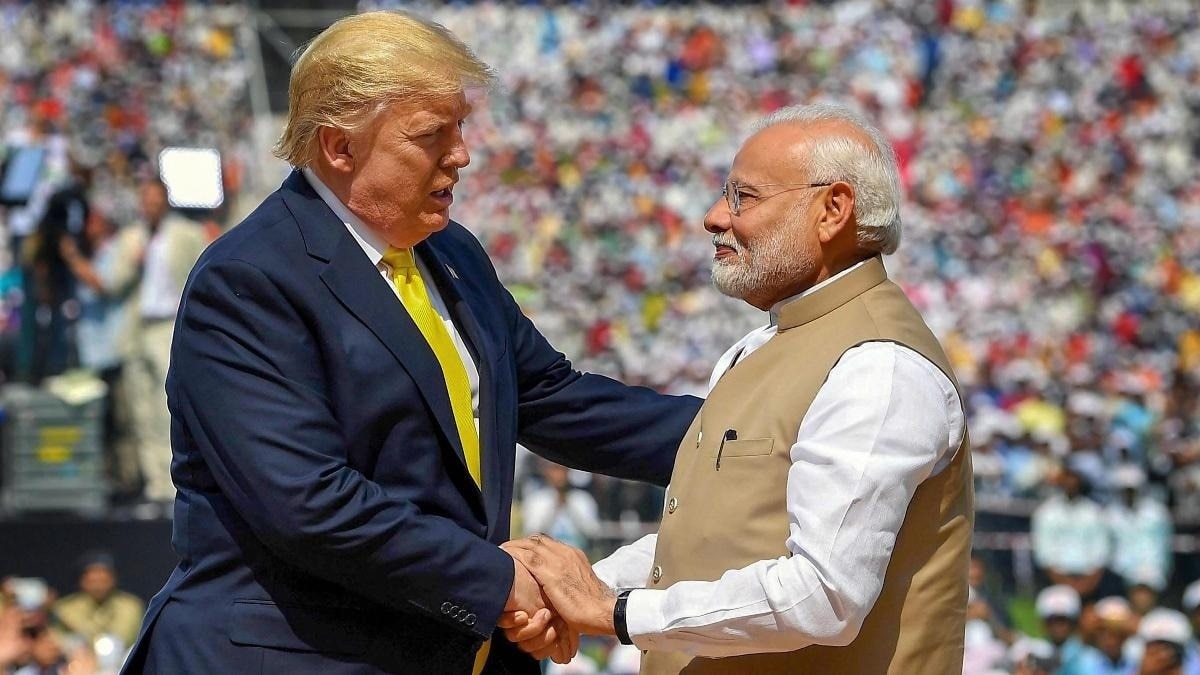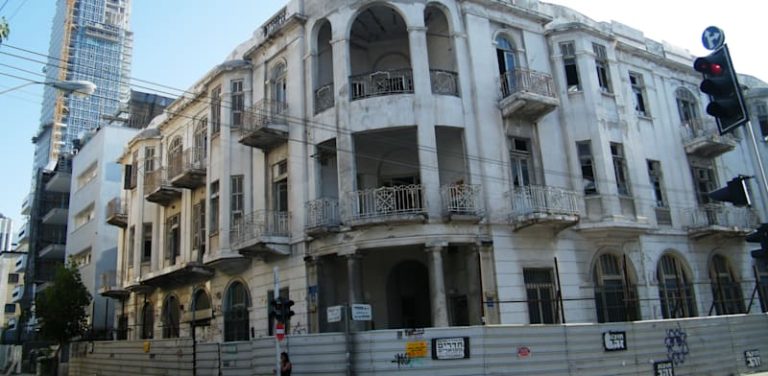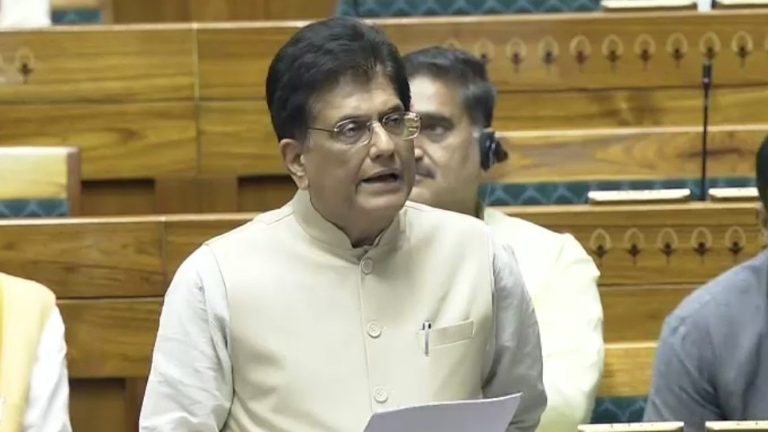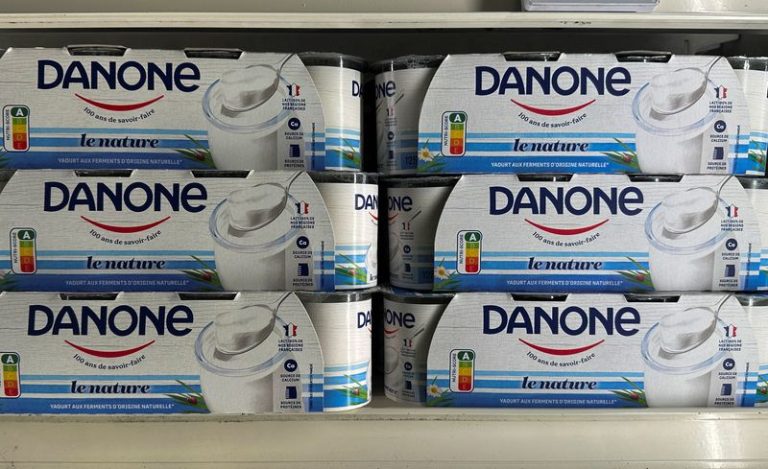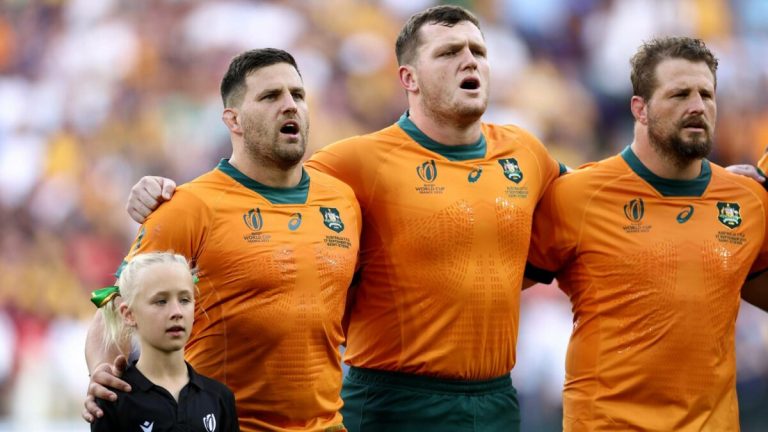A trade deal with the US ahead of the August 1 deadline for reciprocal tariffs was seeming highly unlikely, but US President Donald Trump’s announcement of a 25% tariff along with a penalty has caught industry unaware, with concerns emerging around the proposed penalty and the relative competitiveness of Indian exports. Hopes are now pegged on the government being able to finalise the first tranche of the bilateral trade agreement in the coming months.
According to experts, there will be an impact on exports, which will become costlier, but calculations can be done only once the penalty amount is known. Exporters had already been talking to buyers about how to price in a hike in tariffs, with hopes that at least some of it would be absorbed by the buyers. Orders had also been put on hold, and it was hoped that any loss would be transitory until the bilateral trade agreement is finalised, sources said.
“The imposition of a 25% duty by the US, along with an unspecified penalty linked to the oil and defence deal with Russia, has only deepened uncertainty for businesses,” said Ajay Sahai, Director General and CEO, FIEO.
“Without clarity on the quantum of the penalty, Indian exporters and U.S. importers are left with no firm basis to calculate landed costs or assess how the tariff burden can be absorbed. This ambiguity disrupts supply chain planning and pricing strategies,” he further said, adding that given the strong momentum toward a Bilateral Trade Agreement (BTA) between India and the US, industry remains cautiously optimistic.
Exporters see this as a temporary phase, hoping that the post-BTA framework will not only address such unilateral actions but also open up significant opportunities for recovery and growth.
But the worry remains that the higher tariff and penalty would impact the competitiveness of Indian exports vis-à-vis competitors such as Vietnam and China. It would also impact domestic growth, given that the US is India’s top export market.
Rahul Ahluwalia, Founder-Director of the Foundation for Economic Development, said that a 25% tariff will leave us worse off relative to both Vietnam and China, who are the main countries we are competing against for investment and industrialisation. “We should aim to reach a deal with the US on trade policy. We can help sensitive sectors like agriculture and dairy through other mechanisms like direct benefit transfers. This approach will also allow us to carry out much-needed reform and be aligned with our long-term competitiveness and strategic interests,” he said.
The US has imposed a 35% tariff on exports from Bangladesh. The US tariff rates for Indonesia, Vietnam, and Cambodia have been fixed at 19%, 20%, and 36%, respectively.
“Without a doubt, the new tariff rate is going to seriously test the resolve and resilience of India’s textile and apparel exporters, as we will not enjoy a significant duty differential advantage vis-à-vis many other countries, except Bangladesh, with whom we compete for a larger share of the US market. The lack of clarity on the penalty amount further adds to the uncertainty for businesses, as planning becomes difficult,” Confederation of Indian Textile Industry (CITI) Chairman Shri Rakesh Mehra said.
The industry body anticipates the tariff issue will get resolved following the BTA between India and the US and hopes the government will work out a mechanism to aid exporters in countering the adverse impact of the US tariffs on India’s textile and apparel sector.
On Thursday, Trump announced a 25% tariff, along with an unspecified penalty, on Indian imports, pointing out that India continues to have defence and energy ties with Russia. “Remember, while India is our friend, we have, over the years, done relatively little business with them because their Tariffs are far too high, among the highest in the World, and they have the most strenuous and obnoxious non-monetary Trade Barriers of any Country,” he said. The new tariff will be effective August 1.
Indian imports to the US are already facing higher tariffs. The US has already levied a uniform 10% baseline tariff on imports from most nations. It has also doubled the tariff on steel and aluminium to 50%, and on automobiles and auto components to 25%.
However, the industry expectation was that a limited deal would be chalked out between India and the US that would give a reprieve to exports. In recent days, government officials had been tight-lipped about the trade deal negotiations with the US and had indicated that talks were continuing while India remained committed to safeguarding sensitive sectors such as agriculture and dairy.
A team of US officials is set to visit India from August 25 for the sixth round of negotiations for the BTA, and it is hoped that it will be finalised by September or October this year.
India’s goods exports to the US in April and May 2025 were $25.52 billion, as against $20.89 billion in the same period last fiscal.
